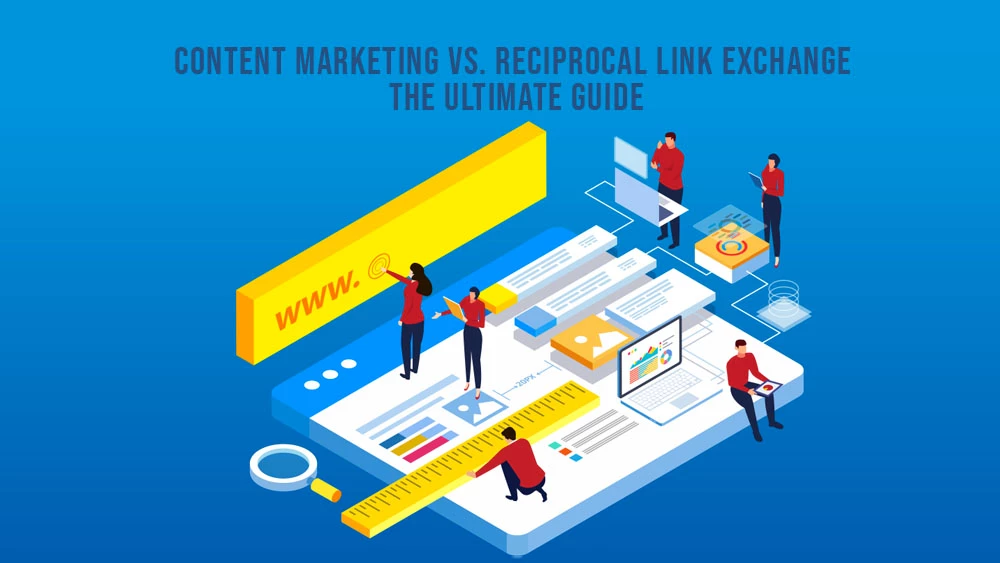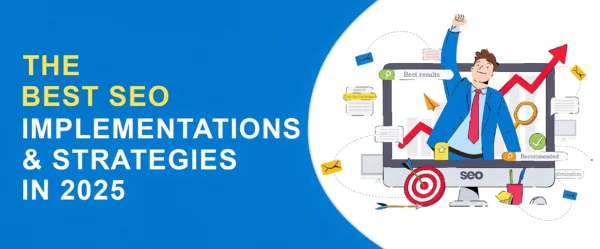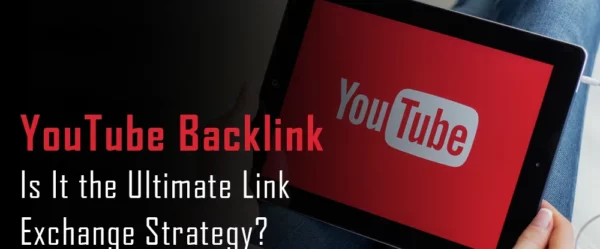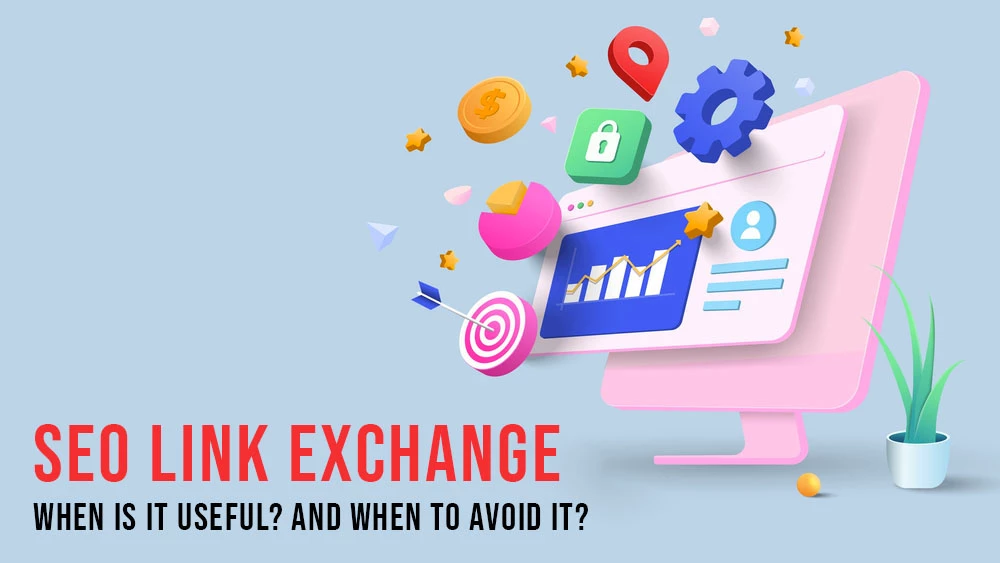Content Marketing vs. Reciprocal Link Exchange: The Ultimate Guide
There is a gigantic SEO strategy conflict happening nowadays in the SEO market. We have the potent reciprocal link exchange in one corner and the powerful strategy of content marketing in the other. Which one will give your website the best boost in online visibility and search engine rankings, even though both are champions in their own right? This is exactly what we will be discussing today!
By contrasting the advantages and disadvantages of these two crucial SEO strategies, we’ll help you find the solution to this age-old question in this ultimate guide. Having a strong online presence is essential for organizations or domains trying to stand out among rivals in today’s fast-paced digital environment.
Over 90% of websites receive no organic search traffic from Google, according to a survey by Ahrefs. Therefore, it’s more crucial than ever to grasp SEO and use the best approach to drive visitors to your website and, eventually, increase sales for your company.
In the sections that follow, we’ll examine the complex worlds of reciprocal link-exchange and content marketing and contrast how well they work to increase traffic, affect search engine rankings, and yield a profit. We’ll also offer advice on how to leverage both tactics to get the best outcomes for your business or website!
A Quick Overview of What Reciprocal Link Exchange Is
Reciprocal link exchange is like a secret ingredient that could take your website recipe to a whole new level. Let’s dive in and get to know this crucial SEO strategy better. Reciprocal link exchange is the process of acquiring backlinks from different networks that could help you build a profile for yourself. That happens in order to gain better audience exposure rates and increase your website traffic. These links that you exchange or build function as endorsements, indicating to search engines that the information you produce is of quality and deserving of a higher rating than it currently holds. In its most basic form, reciprocal link exchange may be thought of as a form of online networking. As we mentioned, it requires you to develop connections with the websites of other entities in order to improve your online visibility and credibility.
Pros and Cons of Reciprocal Link Exchange
The practice of exchanging links with another website in order to increase website traffic and improve a website’s position in search engine results can be an effective technique. Having said that, it does suffer from a few limitations. Due to the fact that search engines now punish websites that participate in link schemes, it is essential to approach the process of reciprocal link exchange with caution. This is one of the primary drawbacks. In addition, not all links are made equal; therefore, it is essential to verify that the links you trade are pertinent to the topic at hand and are of high quality. In conclusion, exchanging links with another website on a reciprocal basis might be a time-consuming process that does not always result in a major rise in traffic or rankings.
Types of Reciprocal Link Exchange Strategies
It is easier to understand that there is only one approach to this strategy. I’m sorry to burst your bubble by telling you that this isn’t the case here. With reciprocal link exchange, we have three main types and approaches:
- Guest Posting: Writing articles for other websites in exchange for a link to have on your own website is a practice known as “guest posting.” This not only helps develop your authority in your specialized field but also creates vital links for your website.
- Broken link building: This is the process of locating broken links on other websites and making an offer to replace them with connections to your own relevant content material. This creates a situation in which both parties benefit from the exchange of links.
- Resource page link exchange: Building links from resource pages involves contacting other websites that already have resource pages related to your specialty and asking them to incorporate a link to your material, emphasizing the value and usefulness of your content in the process.
- Skyscraper strategy: This strategy focuses on developing great material or content that outperforms other high-ranking articles on a certain subject. Then, contact websites that link to those articles in order to solicit a link to your enhanced content rather than the articles you are competing with.
The Other Side of the Equation: Content Marketing

Having this newfound knowledge of link exchange brings you one step closer to mastering the art of search engine optimization (SEO). But before you get deep into the link-exchange process, it’s necessary to take a look at the other side of the equation. Which is content marketing. This will help you rank higher in search results. In the parts that follow, we are going to discuss content marketing and its significance in the ongoing conflict between link building and content marketing. Keep an eye out!
A Quick Overview of What Content Marketing Is
We’ve discussed how reciprocal link exchange is the secret ingredient; now let’s dive deep into the main course! What exactly is content marketing, and how does it impact your SEO rankings? Why do some people say that this is one of the main factors that contribute to their online success? This is what we will be answering. The art of generating, distributing, and promoting valuable information in order to attract, engage, and ultimately convert your target audience is referred to as content marketing. Content marketing aims to encourage profitable customer behavior, such as higher sales or brand loyalty.
This can be achieved through various types of content, such as blog posts, videos, social media posts, and more. The key to successful content marketing is to provide value to your audience rather than just promote your products or services. You can earn the trust of potential clients and develop your brand as an authority in your field by delivering information that is both helpful and pertinent to their needs. Content marketing is not only about making sales; rather, it is about developing a relationship with your target audience and providing them with something they simply cannot refuse.
Pros and Cons of Content Marketing
Content marketing has various advantages, such as enhanced brand exposure, better search engine rankings, and higher audience engagement rates. Having said that, it can be a time-consuming process that also requires a large expenditure of money. In addition, it could take some time before the results of your content marketing efforts become apparent. Before evaluating whether or not content marketing is the best strategy for your company, it is critical to examine both the positive and negative aspects of the practice.
The Many Different Types of Content Marketing Strategies
Content marketing is like a blank canvas, ready for you to get creative in many ways. There are various different strategies that could help you achieve the perfect content marketing strategy:
- Blogging: This strategy refers to the practice of regularly writing blog entries or articles that are useful, interesting, and shareable and that answer the queries or solve the pain points of your audience.
- Social media marketing: Marketing via social media entails making use of various websites and applications, such as Facebook, Twitter, Instagram, and LinkedIn, to disseminate one’s content, interact with one’s audience, and broaden one’s reach.
- Video marketing: A strategy that may be defined as the process of creating video content for your audience that either educates, entertains, or inspires them, and then sharing that content on online social media platforms.
- Infographics: The process of designing infographics that are aesthetically pleasing and provide difficult information in an easy-to-understand style, which makes them extremely shareable and beneficial.
Which approach—content marketing or reciprocal link exchange—should you pick? We’ll compare the two titans of SEO in the following paragraphs and offer advice on how to combine and exploit both approaches to get the best results for your website or business.
The Ultimate Comparison: Reciprocal Link Exchange vs. Content Marketing
So which one hold the thrown and reigns better? Here is a little comparison of both SEO strategies:
- Driving Traffic:
Let’s start with reciprocal link exchange. Reciprocal ink exchange obtains high-quality backlinks that can help websites rank higher in search results, which can increase visitors. However, the authority and importance of the referring website are frequently what determine how much traffic is generated.
On the other hand, content marketing allows you to draw organic traffic from search engines and social media platforms by producing and promoting quality content. This may eventually result in steady growth in website visitors.
- The Impact Both Have on Search Engine Rankings
Reciprocal link exchange: In search engine algorithms, backlinks continue to be one of the most significant ranking criteria. Your site is more likely to rank higher the more relevant, high-quality links it receives. Content marketing: Informative, engaging content is essential for on-page SEO. Additionally increasing search engine ranks is the ability of high-quality content to draw in natural backlinks.
- The Duration of Results
Reciprocal link exchange: Link building can have long-lasting impacts, but in order to sustain and boost ranks, the tactic needs constant attention. Content marketing: Because high-quality content can continue to drive traffic and produce leads long after it is released, its advantages are often more long-lasting.
But Again, Which Strategy Is Better for Your Business?
The answer to this question ultimately depends on your specific business goals and resources. Content marketing can be a great long-term strategy for several things. Like: building brand awareness, establishing thought leadership, and driving organic traffic to your website. However, it requires a significant investment of time and resources (money even) to create high-quality content and promote it effectively.
Reciprocal link exchange, on the other hand, can be a quicker way to increase website traffic and improve search engine rankings, but it also comes with its own set of challenges and risks. Which is why we advise you to know and understand all about the Google factors and guidelines that you shouldn’t break to achieve a safe link exchange strategy. Ultimately, the best approach may be to use a combination of both strategies, tailored to your specific business needs and goals.
Wrapping It Up!
Final thoughts on this topic will simply offer you advice. If it is your aim to increase your search engine rankings and website traffic, we have the best solution for you! Our free domain Linkexchange.AI will allow you to exchange links, connect yourself with different networks, and increase your exposure rates. Sign up now and take your website to the next level.








